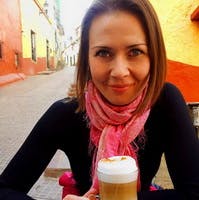Women´s Power vs. Nuclear Power
Jan 21, 2015
Story
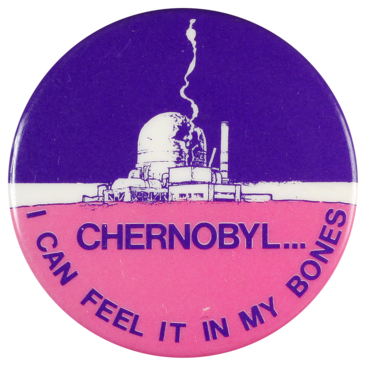
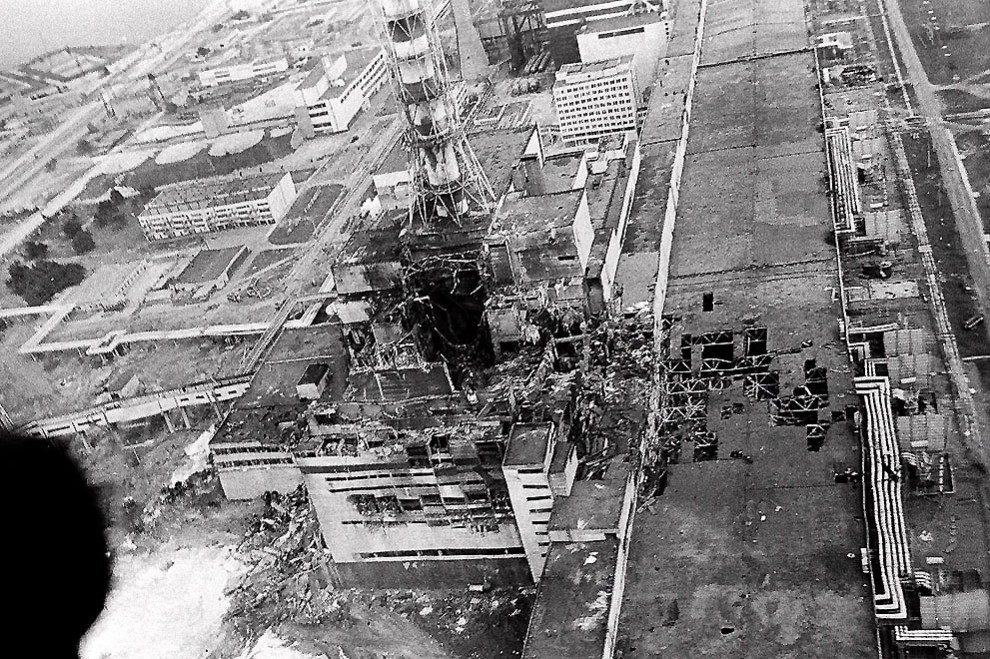

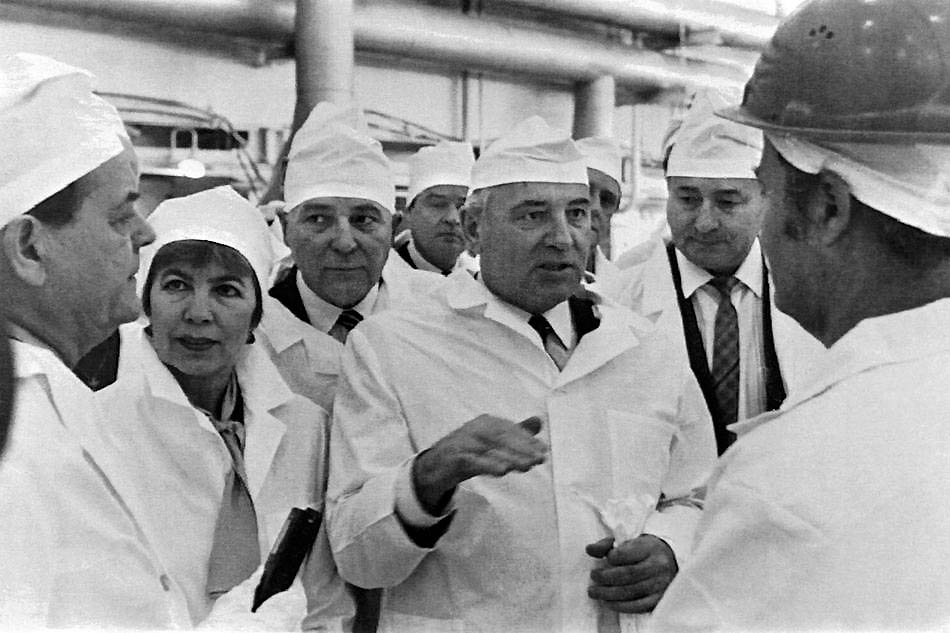




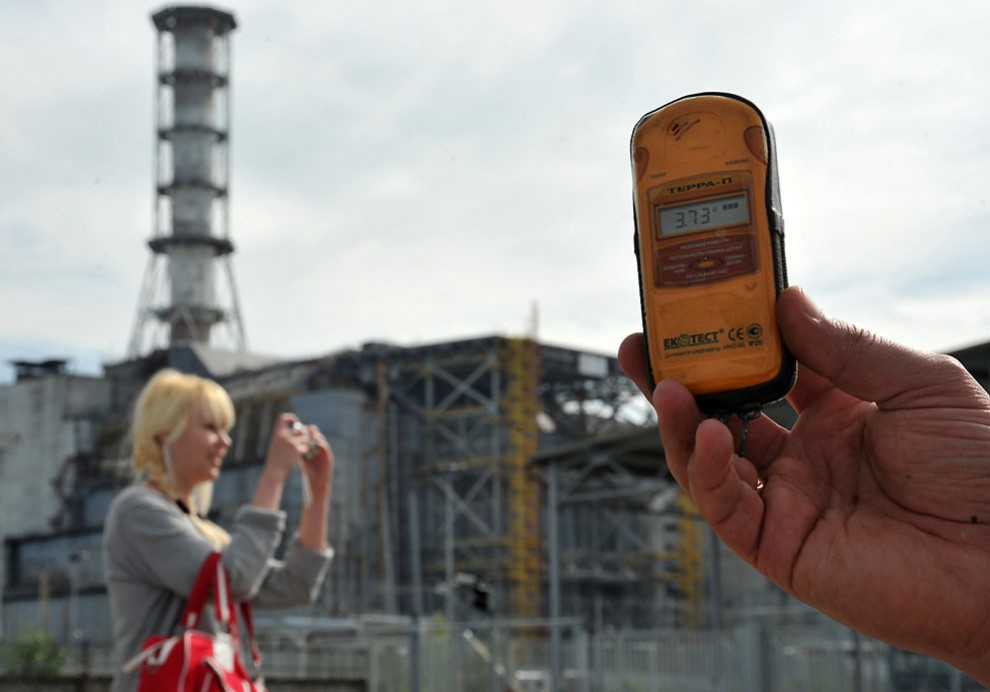

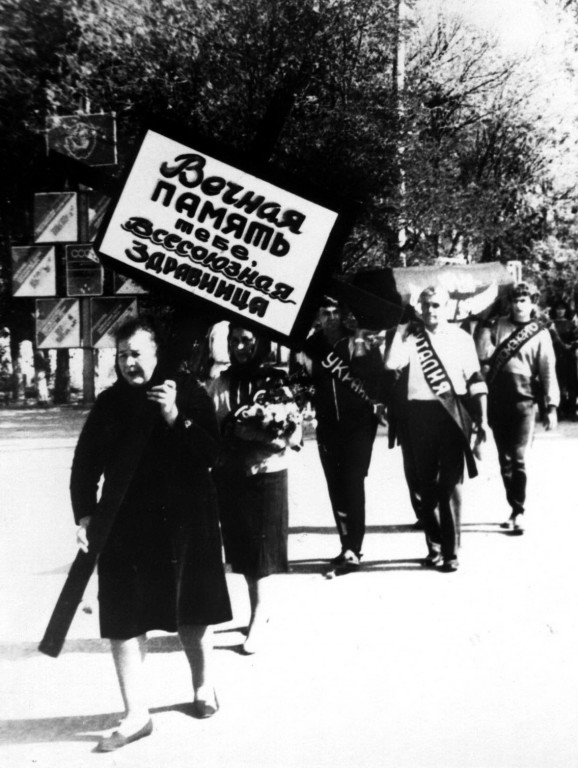


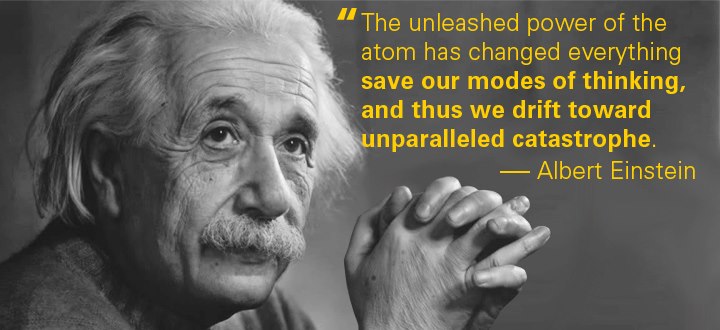
“Did you hear that we should not open the windows?” I was seven and playing with my friend Tanya at home when we began to talk about “the thing” that was happening. I still remember the fresh smell of spring rain and very green leaves on the trees. This smell gives me a strong feeling of life. I close my eyes and take a deep breath trying to understand what could be dangerous in this air. In the same moment, in the north of my country, near the Belarus border, hundreds of kilometers from my house, men called “liquidators” were fighting against the black radioactive cloud which threatened to destroy our life forever. Spring 1986. We lived an ordinary life of a common Soviet family: working, studying, housekeeping, and children playing “mothers and daughters” or “Voinúshki” (“little wars” in Russian). Only three weeks later we understood that the history of the world was divided into two parts: before and after Chernobyl.
Acid Rains of My Memory
Still now, I remember the sweet taste of tiny pills the school nurse gave to all pupils every week. Someone said it was “from thyroid”. I lived in the South of Ukraine, in the Crimean peninsula, a region with iodine deficiency. These regions revealed significant increase of thyroid diseases after Chernobyl. The World Health Organization reported in 2011 that about 6,000 people of Ukraine, Russia and Belorussia were diagnosed with thyroid cancer because of the Chernobyl disaster, and this amount will probably grow in the next years. For me, it becomes normal that many friends have enlarged thyroid glands. That’s why I always choose iodinated salt.
After the Chernobyl explosion, as children all we knew about radiation was that you could lose your hair if you get under the “acid rain”. We made jokes and tried to push each other under the rain just to see if the hair will fall down immediately or maybe just change its color. Still today, I always try to hide my head from the rain. This habit will probably stay with me forever.
Do you know what dosimeter is? It is a special device to measure the level of radiation. Everyone in Ukraine knows what it looks like. Also, we know that the highest level of radiation could be found in mushrooms. I remember my father borrowed the dosimeter from his friend. All next days we measured everything, but first, food and water. When an arrow on the device was moving to critical numbers I could feel how my heart was beating. So close, so silent, so invisible and so real was the threat! Nuclear power is not the key to safe and independent future, for me it is life on a time bomb!
We lived under the USSR regime, which strictly controlled people’s right to information. Almost no one knew about radiation leaks from the nuclear reactor in Chernobyl. Engineers at Sweden's Forsmark power plant were the first to warn the world of the nuclear emergency after detectors showed soaring radiation levels. I remember how my parents discussed that someone heard by Voice of America radio about the Chernobyl explosion, and levels of radiation were extremely high and dangerous even for us, hundreds kilometers from there.
Weeks later, on May 14, Soviet leader Mikhail Gorbachev made an official statement about the Chernobyl tragedy. Our family was stuck to the TV: “Dóbryi vécher, továrischi (Good evening, comrades)! We all know that recently we suffered a misfortune - the accident at the Chernobyl nuclear power plant. It painfully affected Soviet people, worried international community. For the first time we actually faced with such a formidable force as a nuclear power when it goes out of control.”
He was speaking about many things, from which I could understand only that some explosion had happened and many people died because of strange diseases I’ve never heard before. Also, I understood that my country and other countries had a dangerous weapon that could destroy the whole planet. And this weapon and power plant had the same name: nuclear. Until now, I believe these two things not only have the same name, but cause the same danger for people.
My mother, born during the Second World War, says, “I could never thought that in peaceful time I would witness another awful tragedy – Chernobyl and be afraid for the future of my children.”
Chernobyl: Zone of Alienation
On the night of April 26, 1986 the world’s biggest technogenic catastrophe happened. On the fourth power block of the Chernobyl nuclear station after the set of explosions, the reactor was destroyed. Huge amounts of radioactive substances went into the environment. Emissions from this one reactor exceeded a hundredfold the radioactive contamination of the bombs dropped on Hiroshima and Nagasaki. The radioactive cloud covered Ukraine, Belorussia, Russia, the surrounding European countries and even reached North America.
Different researchers make different conclusions about the real number of victims and subsequent diseases caused by the explosion. For me, the real question is: how many people must die before the world governments understand that we need to stop building new reactors?
Every April wives, mothers, sisters, and daughters of “liquidators” go by train from Ukraine to Moscow’s cemetery and recall the memories of the Chernobyl catastrophe. I am a woman and I know that we are the strongest fighters against anything that threatens our children’s future and health. I saw it several times in my life: when my mother washed the floor in the house a dozen times per day after Chernobyl, when NGO “Ecology and Peace” members gather and recall the events which united them into a single organization. That organization was created as a public movement aimed to stop nuclear power plant building in the Crimea.
Nothing Peaceful in Atoms for Peace
The first nuclear power stations resulted from an international program called “Atoms for Peace”. In his 1953 speech, US President Eisenhower expressed concern about developing nuclear weapons not only by the USA but also by other countries, including “friendly countries” and countries like USSR. To minimize the danger of nuclear war, and not interfere with "the development of science," Eisenhower proposed developing nuclear energy for peaceful purposes.
For peace or war, my family played the role of guinea pigs in nuclear tests. My father was a pilot, and before I was born, my family moved several times, including to Semipalatinsk. The USSR had several nuclear test sites. Semipalatinsk “polygon” was one of them. It was a secret area. My parents and my brother who was a little child lived very close to the airport, which bordered the polygon. When after several months they returned to Ukraine, my brother and mother with new, permanent allergies, my grandmother was shocked how skinny and pale they all looked. Even she asked my mother: “Tell me the truth, you live badly? Your husband hits you?” Only years later, after the USSR failed, we knew about radioactive explosions which took place so close to people’s settlement. We are living proof that nuclear power is much too dangerous to use, even “for peaceful purposes”.
A Woman in White
- Only two years after Chernobyl. A woman covered with a white sheet is sitting on the crossroad in the middle of the steppe. She can see a metallic monster staring at her with empty eyes. The woman is sitting here for the second day… This is not a picture from sci-fi. The woman is Lilia Levchenko, and she is protesting against building a new nuclear station in Crimea. She is going to stay here until the construction will be stopped.
I’ve heard this story many times. I feel proud of this woman’s strength. She is an honored member of “Ecology and Peace”, the NGO where I work. Lilia always repeats, “Take care about the unique land where you live! Take care about the future of your children!”
While Chernobyl poisoned almost all north and central modern Ukraine, a similar explosion on the Crimean nuclear power plant threatened to destroy the famous Soviet resort: the Crimean peninsula. Sun-baked land situated on the coast of the Black Sea attracts people from the whole world not only for its subtropical climate and natural resources, but also for the unique combination of ancient history and modern cultures, Europe and Asia. In the Middle Ages one of the Silk Road routes passed through this land connecting the peaceful culture of the East and the temperamental West. Crimean people were strongly against the nuclear threat.
I am watching black and white photos. One of them shows people in black with a coffin. Lilia Levchenko is in the foreground. I feel chills seeing her covered with a black shawl and holding a poster: “Farewell to All-Union health resort!”
Numerous actions, letters personally delivered to the government, protests finally led to the fact that in 1990 the nuclear power station was stopped. But we cannot say that we completely eliminated the nuclear threat.
Chernoshima: A Fairy-tale with An Unhappy End
When the first nuclear power stations were built, we were assured that the probability of disaster was one to 10,000 years. In 1986, Chernobyl happened. Then 25 years later, Fukushima. Fairy tales about “peaceful atom” did not end happily.
Sometimes the propaganda becomes so aggressive that it seems that the world cannot exist without nuclear power. We are convinced that the energy received from splitting the atom is the cheapest, most effective and safest. In reality, this energy is dirty, dangerous and the most expensive. Building one reactor costs about five billion dollars. Ukraine has now 15 working reactors on four nuclear plants. The national nuclear power strategy to build and commission 11 new reactors to more than double nuclear capacity by 2030 was approved by the government in 2006 to enhance Ukraine’s energy independence. But nuclear power plants also produce highly radioactive nuclear wastes, which will remain hazardous for hundreds of thousands of years. There is no way to demonstrate that waste will remain isolated from the environment for so long a period.
Another radioactive substance is nuclear fuel. Right now Ukraine finished negotiations with Russia and in August 2013 begins building of a plant to produce this type of fuel in amounts 37.5% more than Ukraine needs. This increases the danger of radioactive pollution from Uranium production.
Ukraine is one of Europe’s largest energy consumers and takes fourth place in the world by the percent of nuclear power used to produce electricity. This makes me feel a great danger that my children will live in a radioactive dump.
Clean Energy Now!
“We need an energy system that can fight climate change, based on renewable energy and energy efficiency”, Greenpeace activists say. I completely agree.
Today the part of renewable sources in Ukraine is about 0.5%, while European countries state 20% target for the nearest future. A country where the Chernobyl catastrophe has happened must have other priorities.
In the West of Crimea, I saw beautiful wind turbines, which look like fantastic giants and remind me of Don Quixote.
These machines can provide my region with electricity from renewable source without harming the environment or people. We need to take care about nature and nature will take care about us!
What I do every day to use less energy:
Turn off the lights when I’m not using them.
Replace bulbs with energy-efficient compact fluorescent lights.
Choose energy-saving devices.
Turn off devices, because waiting mode takes up to 7% of energy.
Close tap while brushing teeth.
If you reach this point of my story, I will appreciate it if you will do the same things. Remember: think globally, act locally!
Fyodor Dostoyevsky, the famous Russian writer, once wrote: “Contact with nature is the last word of any progress, science, reason, common sense, good taste and excellent manners.”
Every time I breathe the pure pine air of Crimean forest, I know he was right!
This article is part of a writing assignment for Voices of Our Future a program of World Pulse that provides rigorous digital media and citizen journalism training for grassroots women leaders. World Pulse lifts and unites the voices of women from some of the most unheard regions of the world.
